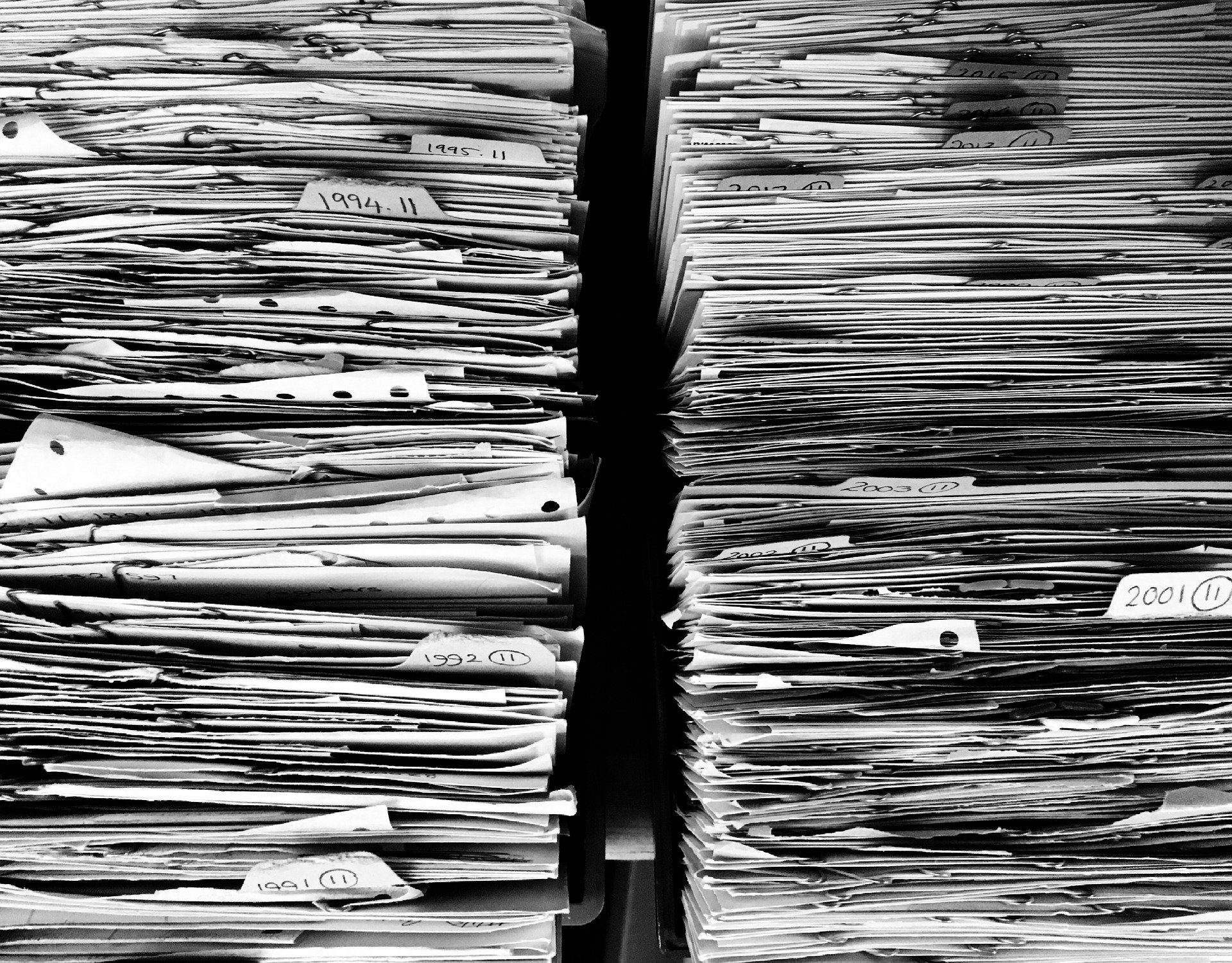
Measuring Modern Slavery: Law, Human Rights, and New Forms of Data
I. Introduction
The phenomenon of modern slavery has emerged over the last twenty years as a significant subset of human rights that has garnered increasing international attention. Long thought to be a thing of the past, scholars and practitioners variously working on forced labor, human trafficking, sexual exploitation, and forced marriage, have drawn together common themes and attributes under the overall rubric of “modern slavery.”2 The United Nations has embraced this agenda, which has been articulated through the promulgation of Sustainable Development Goal (SDG) 8.7, which demands that states “[t]ake immediate and effective measures to eradicate forced labour, end modern slavery and human trafficking and secure the prohibition and elimination of the worst forms of child labour, including recruitment and use of child soldiers, and by 2025 end child labour in all its forms.”3 SDG 8.7 can be seen as the culmination of many different efforts in line with the idea of what Jack Donnelly calls the “social construction of human rights,” where a history of consensus building since the advent of the 1926 Slavery Convention has sought to develop the core content of human rights instruments that address the problem of modern slavery.4 Evidence submitted to the UN Special Rapporteur on Contemporary Forms of Slavery, Its Causes and Consequences shows that between 62 percent and 90 percent of countries in the world have ratified the core international instruments on slavery and forced labor, while 47 percent of countries have “no provisions criminalising slavery or the slave trade.”5
Alongside these normative developments, the anti-slavery movement has endeavored to provide measures of modern slavery, an effort that has much to learn from many other efforts in the measurement of human rights that have developed over many years. There have been significant measurement achievements across different categories and dimensions of human rights using different kinds of measurement strategies.6 These strategies provide different kinds of measures at different levels of analysis and achieve the direct and indirect quantitative representation of human rights. This article argues that these strategies of human rights measurement are equally applicable to the measurement of modern slavery, which has all the hallmark features, attributes, and challenges associated with other kinds of human rights problems. There are many lessons that travel from these human rights efforts generally to the current attempts to measure modern slavery specifically, and there is a great need for an ongoing conversation between and among human rights scholars and practitioners, statisticians, data scientists, and modern slavery experts and advocates. Much like the debates that have been ongoing since 2000 between statisticians and human rights experts,7 the movement to end modern slavery is now having similar debates centered around estimating the prevalence of modern slavery and using new tools to track the sites and conditions of vulnerability that can lead to modern slavery.8
In order to understand the possibilities for measuring modern slavery, this article first outlines the conceptions of modern slavery as found in extant international law and norms ranging from the 1926 Slavery Convention to the Bellagio-Harvard Guidelines on the Legal Parameters of Slavery.9 The next section of the article examines the many challenges associated with the measurement of modern slavery. These include the hidden nature of the phenomenon, the inherent biases in reporting and the problem of “convenience” samples and how modern slavery can be operationalized using standard measurement frameworks found in the social sciences, and formal advice and guidance published by the United Nations Office of the High Commissioner for Human Rights.10 The next section discusses different modes of direct and indirect measurement of modern slavery, including events-based data, standards-based data, survey-based data, and new forms of data made possible with the advent of machine learning and artificial intelligence. The final section summarizes these approaches to measurement and discusses their implications for theories of change, impact assessment, advocacy, and the contribution that measurement can make to ending modern slavery by 2030.
Read more here.
